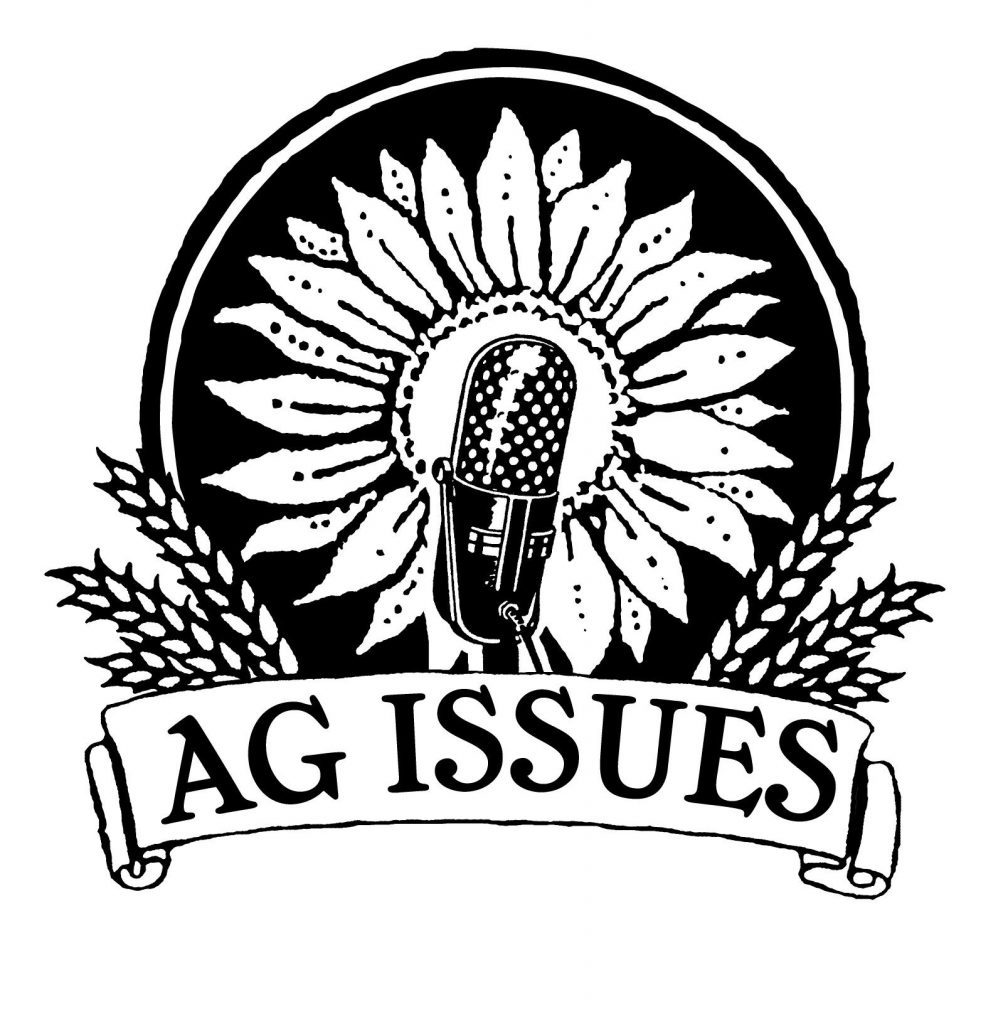
The Dakotan: This is Ag Issues with Neil Roberts. Neil Roberts: Welcome to another edition of Ag Issues. Our guest this week is NDSU, crop protection specialist T.J. Prochaska from the North Central Research Extension Center. T.J., the blister beetle is beginning to surface in some fields across the state. Give us the details on that insect That's right. TJ Prochaska: The blister beetle seems like this is the second year in a row that this has really become an issue for area alfalfa growers right now. Of course, alfalfa is beginning to bloom and that is attracting many blister beetles to those sites. They're attracted to booming items right now. This may include other crops like canola, but also weeds. It would be grown in the area. What's the big deal about blister beetles? It's really the connection to livestock. They produce a chemical called can do it in and especially the horse ranchers. This can have harmful effects if these are swallowed through the hay as it's fed. Neil Roberts: All right. Good stuff, T.J. We'll have more on the blister beetle when we come back. The Dakotan: You're listening to Ag Issues with Neil Roberts on the Dakotan Network. Neil Roberts: Talking the blister beetle today on ag issues with T.J. Prochaska. And T.J., tell us how this bug follows the grasshopper TJ Prochaska: That's right. The blister beetle actually does follow grazing populations of grasshopper immature blister beetles who actually feed on grasshopper eggs. If you've been out in area fields lately, the one thing you'll notice is the heavy population of grasshopper nymphs. So we have a wide variety of those stages. Once we are dominantly fourth instar or older for grasshoppers, we'll begin to see a reduction in blister beetles. For now, what can you do? It's really going to be scouting. Chemicals really don't work, especially in foraging areas. So just consider your scouting. If you need to check your alfalfa a couple of times before cutting with the goal of cutting alfalfa with less than 10% bloom to help reduce populations All right. Neil Roberts: Good stuff, as always, T.J., thanks for that. And that will bring this report to a close. Until next time. I'm Neil Roberts. The Dakotan: You're listening to the Dakotan Network. Real. Honest. Local news.
